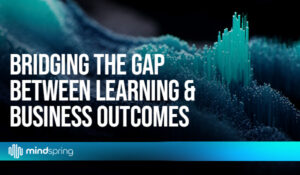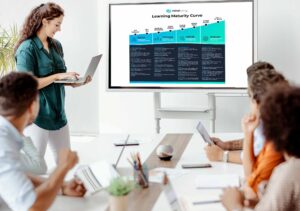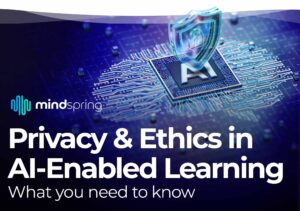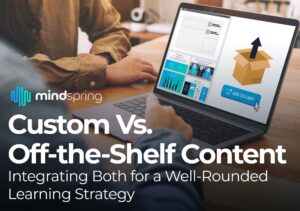Seeing the larger picture is key for the development of quality learning experiences.
Suppose your son comes to you complaining that he can’t see and his eye hurts. You look down at him and see he has a stick in his eye. Realizing you have an emergency, you rush to the phone… to set up an eye appointment for some glasses. Then you immediately call the school and ask that your son be moved closer to the front so he can see better. Last, you offer him children’s pain medication to ease his pain.
Ridiculous of course! Any parent would take their child straight to the ER to deal with the stick in the eye. This may be a pretty over-the-top example, but it makes a good point.
The funny thing is that in the world of learning and development, our clients, whether internal or external, often act like the parent in this example. They completely miss the real problem in their organization. It’s easy to do and it’s often a natural reaction to some kind of crisis. But this kind of reactive approach can lead to much larger problems down the road. It is for this reason that Strategic Planning is one of our 5 Elements of Excellence.
More than anything, Strategic Planning is key to the success of any project we do. The great thing about our team is that we have the ability to step back and take a look at the whole picture. Seeing the larger picture is key for development of learning experiences on any project, regardless of how long we’ve worked with the client or how well we think we know them.
At Inno-Versity we find we typically have two kinds of clients: clients we do the occasional project for and clients where we are deeply embedded in their organization and in some situations even help drive the learning strategy. The interesting thing is this, though: we discovered it doesn’t change our approach to strategic planning. No matter if you’re an instructional designer within an organization serving an internal client and helping set learning strategy or working externally as a contractor, we hope these questions will help guide you.
Rather than just list questions here, we’ve included the questions we ask, what the answers tell us about the organization, and finally what the learner may be thinking about the topic.

These questions are only the beginning of the process. In the meantime, try asking these questions before you start your next project. What surprises you? How were you better informed from the beginning?









